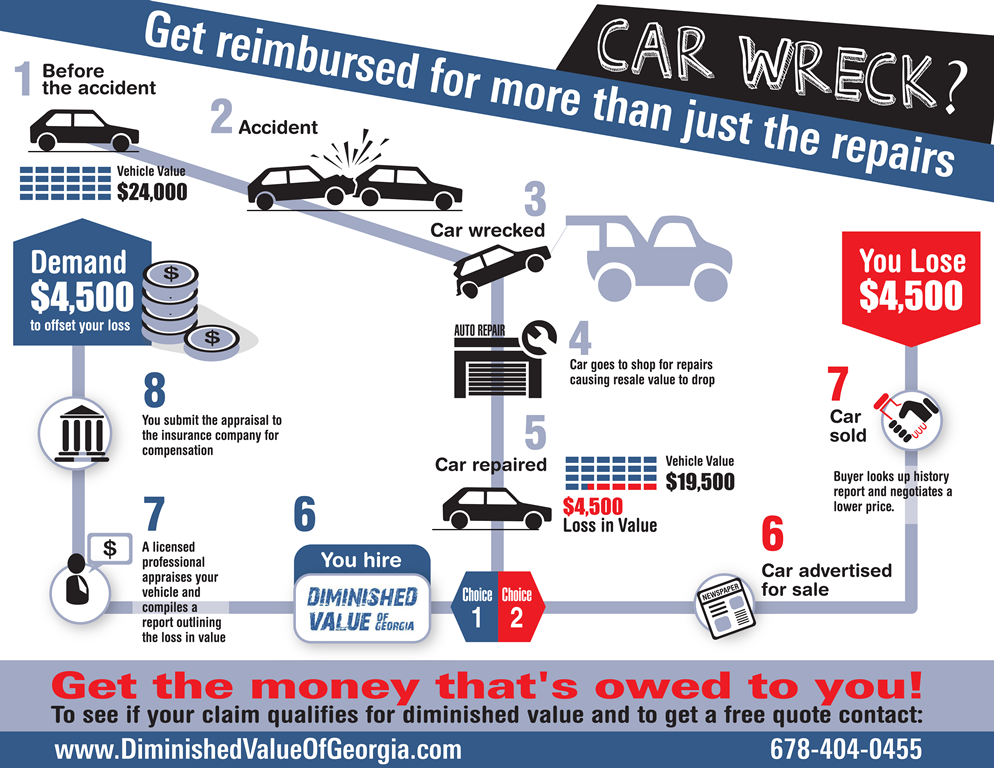When you lag the wheel, those radiant warning lights on your dashboard can be a little bit bewildering. Do you recognize what they're trying to tell you regarding your auto's wellness? Recognizing the significance of these lights is crucial for your security and the longevity of your lorry. So, the next time among those lights turns up, wouldn't you want to understand its message properly and take the required actions to resolve it?
Common Warning Lighting and Interpretations
Identify usual caution lights in your automobile and understand their significances to guarantee secure driving.
One of the most typical warning lights consist of the check engine light, which indicates issues with the engine or exhausts system. If simply click the following web site begins, it's vital to have your car inspected immediately.
The oil pressure cautioning light shows low oil stress, needing immediate attention to prevent engine damages.
A flashing battery light might recommend a faulty charging system, possibly leaving you stranded if not attended to.
The tire stress tracking system (TPMS) light signals you to low tire pressure, influencing vehicle security and gas effectiveness. Overlooking this could result in dangerous driving problems.
The abdominal muscle light suggests an issue with the anti-lock stopping system, jeopardizing your ability to stop swiftly in emergency situations.
Last but not least, the coolant temperature advising light warns of engine getting too hot, which can lead to serious damage otherwise solved swiftly.
Recognizing these usual warning lights will certainly assist you deal with problems immediately and preserve risk-free driving conditions.
Significance of Prompt Focus
Comprehending the common warning lights in your cars and truck is just the primary step; the value of immediately addressing these cautions can not be stressed enough to guarantee your security when traveling.
When a caution light illuminates on your dashboard, it's your automobile's method of interacting a prospective problem that needs attention. Ignoring these warnings can result in extra serious troubles in the future, jeopardizing your security and potentially costing you extra in repairs.
Motivate attention to cautioning lights can avoid failures and mishaps. For instance, a flashing check engine light could indicate a misfire that, if left unattended, might cause damage to the catalytic converter. Resolving this promptly can save you from a costly repair.
Likewise, a brake system warning light might signify low brake liquid or used brake pads, essential parts for your security when driving.
DIY Troubleshooting Tips
If you see a caution light on your control panel, there are a few do it yourself fixing ideas you can try prior to seeking expert aid.
The first step is to consult your cars and truck's guidebook to recognize what the certain warning light suggests. In some cases the problem can be as straightforward as a loose gas cap causing the check engine light. Tightening the gas cap may resolve the trouble.
An additional common concern is a low battery, which can activate numerous cautioning lights. Inspecting the battery links for corrosion and ensuring they're safe and secure may repair the problem.
If a caution light persists, you can try resetting it by disconnecting the auto's battery for a few mins and after that reconnecting it. Additionally, checking https://www.fool.com/investing/2022/03/08/why-advance-auto-parts-lost-12-in-february/ , such as oil, coolant, and brake liquid, can help repair alerting lights related to these systems.
Final thought
Finally, recognizing your automobile's caution lights is necessary for keeping your car running efficiently and safely. By immediately resolving these signals and recognizing what they mean, you can avoid pricey repair work and potential breakdowns.
Bear in mind to consult your vehicle's guidebook for certain information on each advising light and act as necessary to guarantee a trouble-free driving experience.
Stay educated, remain risk-free when traveling!
